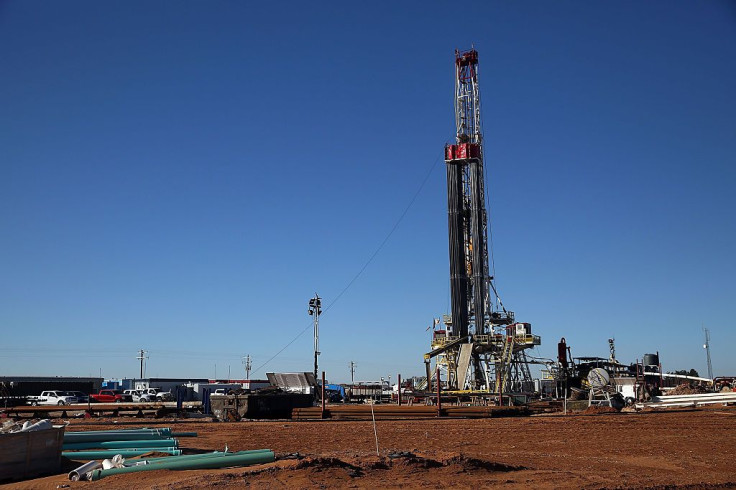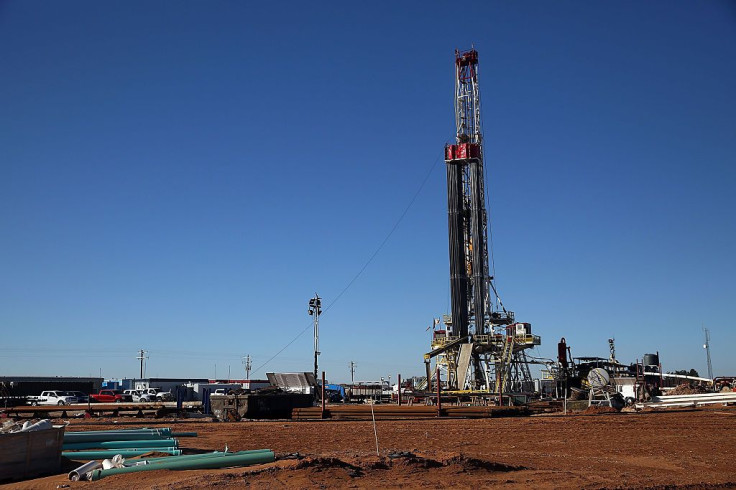US To Surpass Saudi Arabia As World’s Top Crude Oil Exporter

Thank you, shale oil. The United States will become the world’s largest oil exporting country by annual output this year, overtaking erstwhile leader Saudi Arabia.
This changing of the guard will be due to the continuing boom in U.S. production of shale oil, which is extracted mainly using the controversial technology called fracking or hydraulic fracturing.
The U.S. will surpass Saudi Arabia in annual exports of oil, natural gas liquids and petroleum products such as gasoline, confirms Rystad Energy, an independent energy research and business intelligence company based in Norway.
In 2020, the U.S. is expected to import more energy than it imports, also another historic first.
Saudi Arabia has held the distinction as the world’s leading oil exporter since it began selling oil overseas in the 1950s. This is the first time Saudi Arabia won’t be at the top of the heap, said Rystad in a new report released over the weekend.
"It's nothing short of remarkable," said Ryan Fitzmaurice, energy strategist at Rabobank, the Dutch multinational bank and financial services firm. "Ten years ago, no one thought it could happen."
Oil industry analysts said the U.S.’ rise to number one illustrates how technology has reshaped the global energy landscape. American drilling innovations have opened up large areas of oil and natural gas resources trapped in shale oilfields in Texas, North Dakota and elsewhere.
With shale in the lead, U.S. oil production has more than doubled over the past decade to all-time highs. The United States now extracts more oil than any other country, including Russia and Saudi Arabia.
"The shale boom has driven incredible increases in production," said Fitzmaurice. "U.S. production is off the charts."

Thanks to shale oil, the U.S. became the world’s largest crude oil producer and exporter for the first time in 2018. Overall U.S. oil production hit a record 11.7 million barrels per day in 2018.
U.S. crude production is expected to average more than 12 million bpd in 2019, an increase of more than 3 million bpd over 2016, said the U.S. Energy Information Administration (EIA). Shale production soared at the start of the decade as companies started to use fracking to extract oil in basins in Texas, North Dakota and other states.
The downside to the U.S. massive exploitation of shale oil is a quickening of climate change. A recent report by Oil Change International warned new U.S. oil and gas projects stand to unleash the same amount of carbon dioxide pollution as 1,000 coal-fired power plants. The group called it a "climate catastrophe" at the worst time.
© Copyright IBTimes 2024. All rights reserved.





















